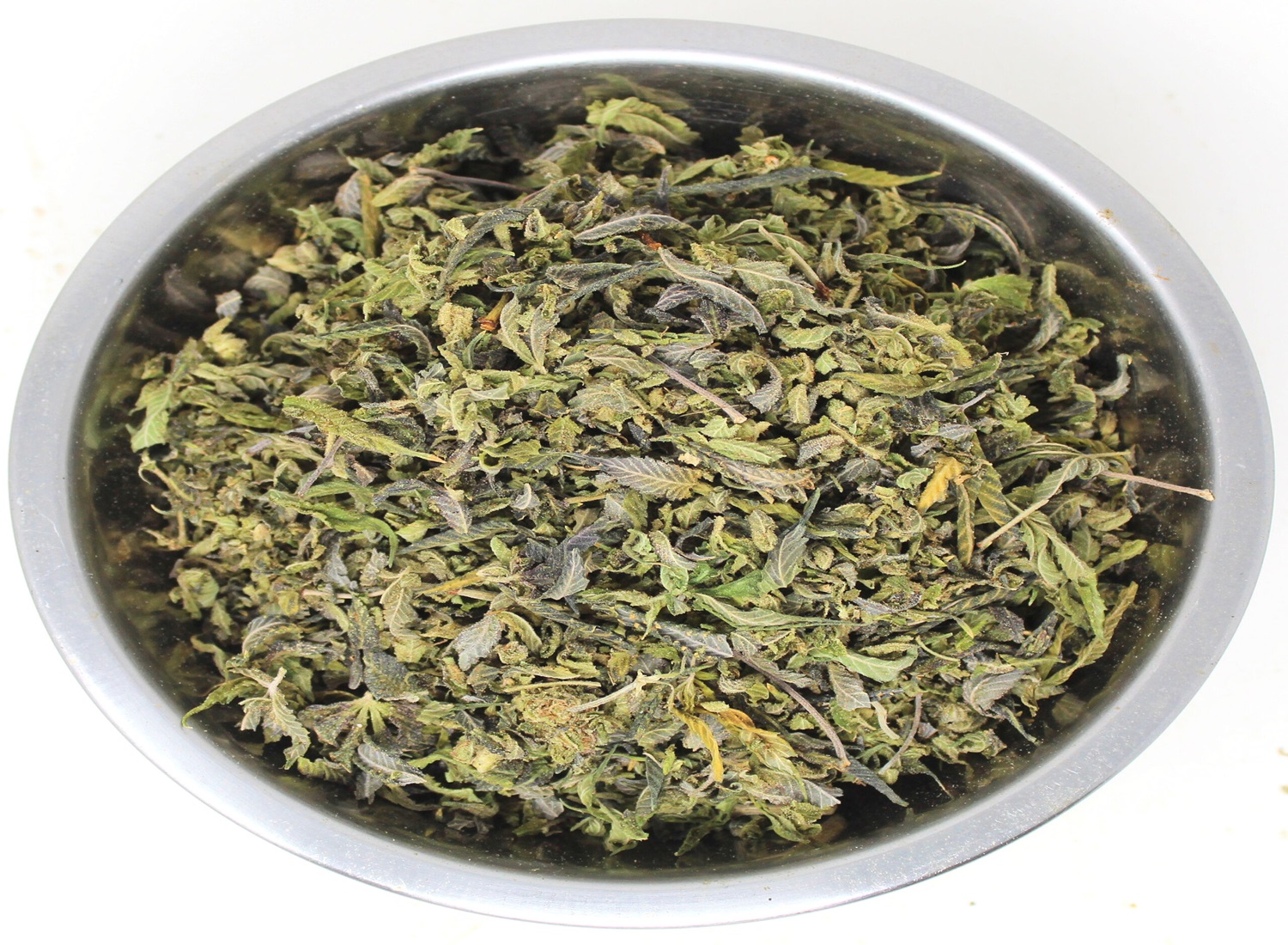In the world of cannabis, the Indica strain is renowned for its calming effects and potential to stimulate appetite. While commonly associated with relaxation and sedation, Indica strains have also gained attention for their ability to increase hunger, making them a popular choice among medical cannabis users seeking relief from conditions like nausea, lack of appetite, or certain eating disorders. In this blog post, we’ll delve into the science behind Indica strains and their impact on appetite stimulation.
Understanding Indica Strains:
Indica strains are one of the two primary types of cannabis, the other being Sativa. Indica plants are typically shorter and bushier with broader leaves compared to Sativa plants. They are known for their soothing and relaxing effects on both the body and mind. This relaxation is attributed to the higher levels of cannabinoids like THC (tetrahydrocannabinol) and CBD (cannabidiol) present in Indica strains.
Impact on Appetite:
One of the most notable effects of consuming Indica strains is their ability to increase appetite, commonly referred to as having the “munchies.” This phenomenon has been observed anecdotally for decades and is now backed by scientific research. THC, the primary psychoactive compound in cannabis, plays a crucial role in stimulating appetite by interacting with the endocannabinoid system (ECS) in the body.
The Endocannabinoid System and Appetite Regulation:
The ECS is a complex network of receptors, enzymes, and endocannabinoids found throughout the body, including the brain and digestive system. It plays a vital role in regulating various physiological processes, including appetite, metabolism, and digestion. When THC interacts with the ECS, it binds to cannabinoid receptors, particularly CB1 receptors, which are abundant in the brain regions involved in appetite regulation.
THC’s activation of CB1 receptors enhances the release of neurotransmitters like dopamine and ghrelin, which are associated with hunger and food intake. This process ultimately leads to an increase in appetite and the sensation of craving food. Additionally, THC can also heighten the sensory experience of taste and smell, making food more appealing and enjoyable.
Medical Applications:
The appetite-stimulating properties of Indica strains have significant implications for medical cannabis users, particularly those undergoing treatments like chemotherapy, which often suppress appetite and lead to nausea and weight loss. By incorporating Indica strains into their treatment regimen, patients can alleviate these side effects and improve their quality of life.
Furthermore, individuals suffering from medical conditions such as HIV/AIDS, cachexia (wasting syndrome), or eating disorders like anorexia nervosa may also benefit from using Indica strains to stimulate appetite and increase food intake. However, it’s essential to consult with a healthcare professional before using cannabis for medicinal purposes to ensure it’s safe and appropriate for individual needs.
Choosing the Right Indica Strain:
Not all Indica strains are created equal when it comes to appetite stimulation. Factors such as cannabinoid content, terpene profile, and individual sensitivity can influence the effects of a particular strain. Strains with higher THC levels are generally more effective at increasing appetite, but they may also produce stronger psychoactive effects, which may not be suitable for everyone.
Additionally, certain terpenes found in Indica strains, such as myrcene and limonene, may enhance appetite stimulation and contribute to the overall experience. Myrcene, for example, is known for its sedative properties and may synergize with THC to promote relaxation and appetite. Experimenting with different strains and keeping track of their effects can help individuals find the right balance of benefits and side effects.
Conclusion:
Indica strains have earned their reputation as powerful appetite stimulants, offering relief to individuals struggling with conditions that suppress appetite or cause nausea and weight loss. By understanding the mechanisms behind their effects on hunger and choosing the right strain for their needs, medical cannabis users can harness the therapeutic potential of Indica strains to improve their overall well-being. However, it’s essential to use cannabis responsibly and under the guidance of a healthcare professional, especially when using it for medicinal purposes. With further research and education, Indica strains may continue to play a valuable role in enhancing appetite and promoting health and vitality.



